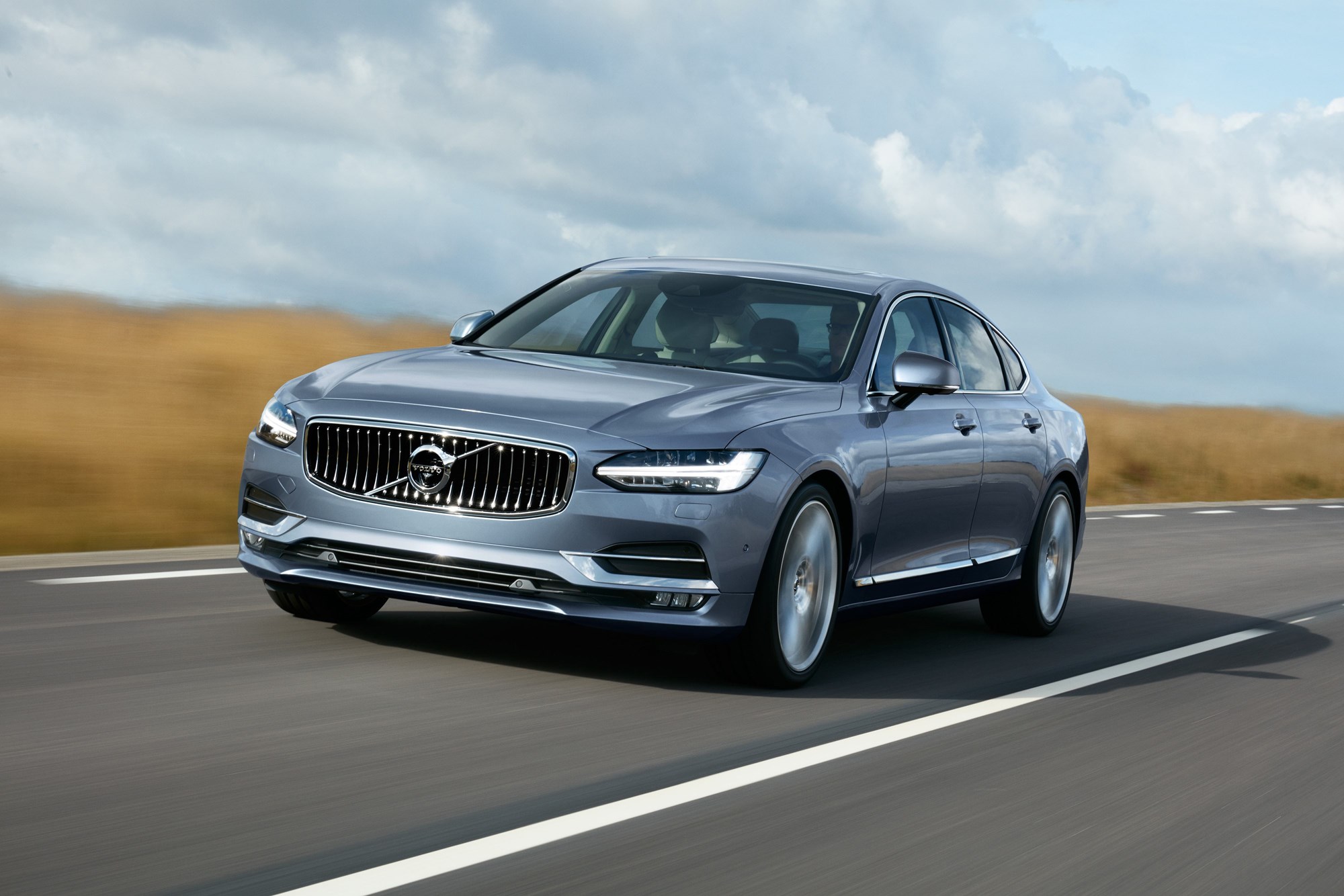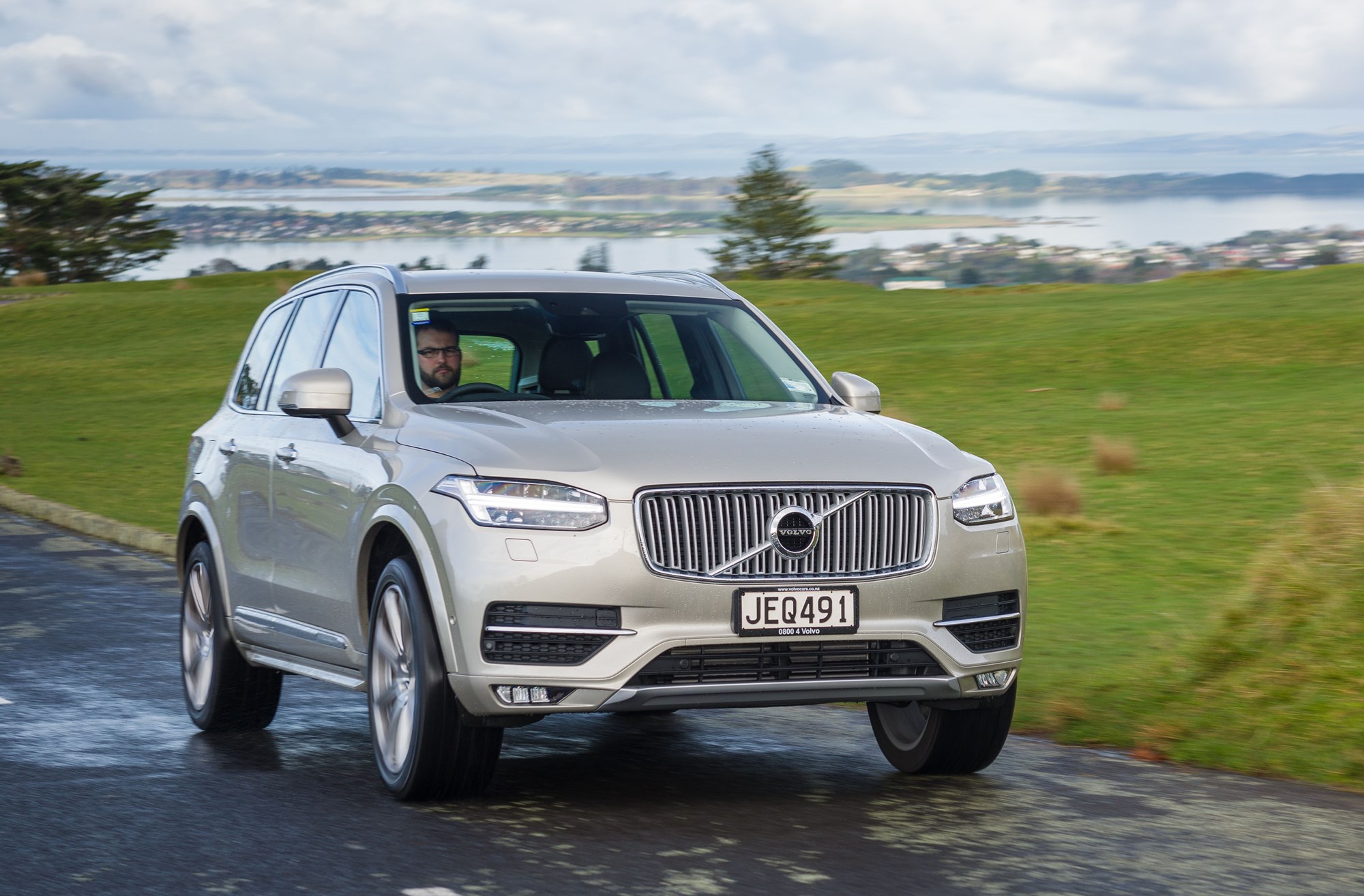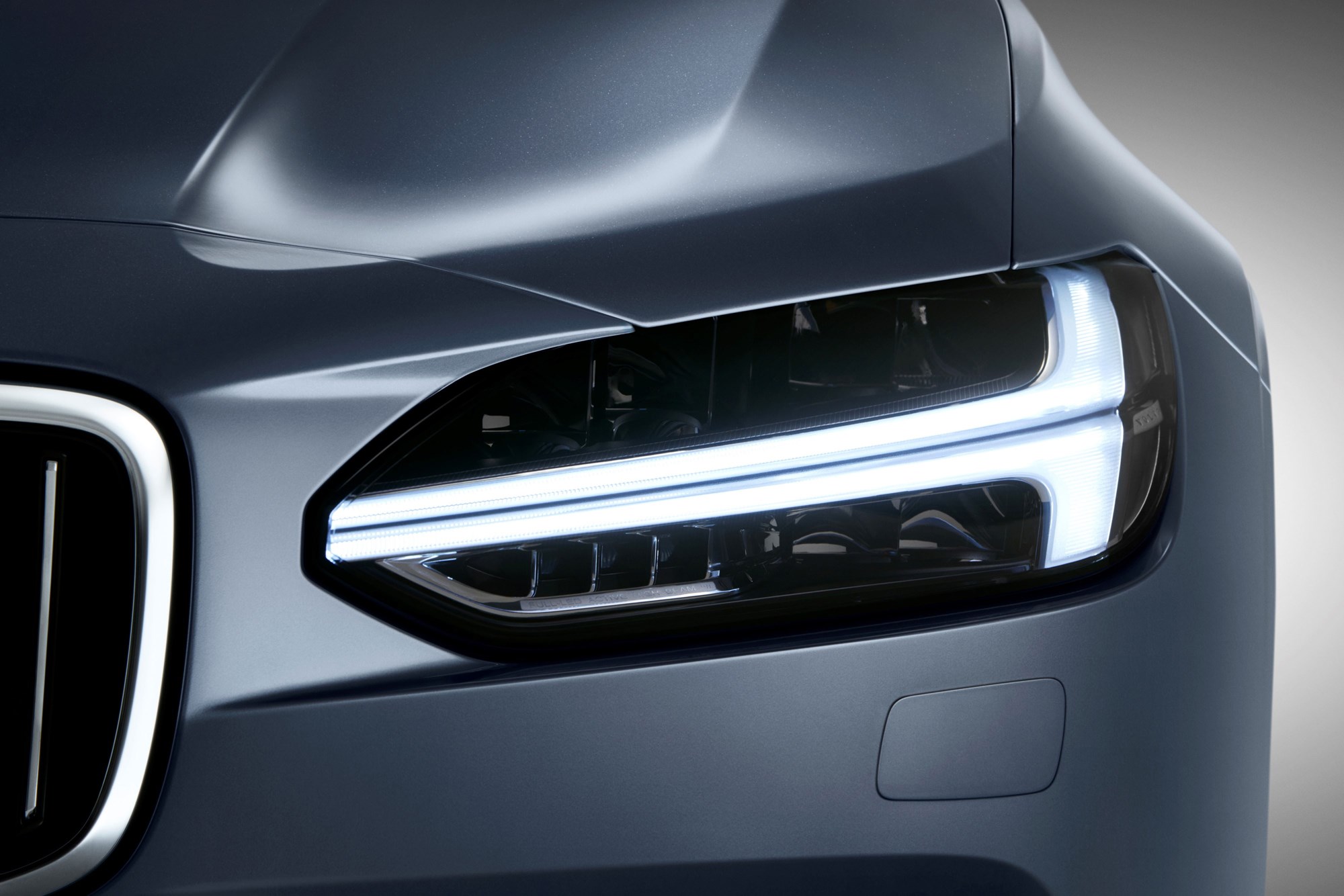AS THE NEXT WAVE OF THE SWEDISH CARMAKER’S COMPREHENSIVELY UPDATED LARGE MODELS ARRIVE IN NEW ZEALAND, WE TAKE A LOOK BACK AT ANOTHER NOTABLE FOUR-DOOR VOLVO; THE 850
All of a sudden, the Volvo 850 is 25 years old. Its boxy lines are essentially the 1990s on wheels — it lived and breathed the decade, debuting in 1991 and finding itself superseded by the softer-edged 870 series in 1997.
The 850 was always more Europop than grunge, even though it cut the mustard (initially in “flying brick” wagon format until it was banned) as a bluff-sided track weapon for Tom Walkinshaw Racing in the British Touring Car Championships. Drivers Rickard Rydell, Tim Harvey and Kelvin Burt enjoyed podium successes aplenty through the 90s.
Even Peter Brock and Jim Richards raced an 850 T5R sedan in Aussie enduro events in 1996 and 1997.
For many, that racing heritage may be how the big 850 will be best remembered; a visual anomaly among the sleeker, slipperier racing competition, but all the more likable and memorable for it.
But away from the race track, the 850 represented a sea-change for Volvo as a manufacturer in other ways.
By the end of the 1980s the 850’s predecessor, the 200 Series sedan and wagon, was showing its age; this generation of cars had been around in various face-lifted guises since 1974.
It was on the squared back of the 200 Series, however, that Volvo enjoyed true international success.
In Britain a Volvo 240 wagon became shorthand for stockbroker-belt success, thanks to Jerry and Margo Leadbetter having one on their driveway in the BBC sitcom The Good Life.
Similarly, across the Atlantic, a later model square-jawed Volvo 200 Series — probably in silver — would become intrinsically linked to the affluent American suburban ideal; the wheels on which both the “soccer mom” and burgeoning Yuppie movements rode past pastel showhomes on manicured streets.
 Volvo is on a roll with the S90 sedan
Volvo is on a roll with the S90 sedan
So in 1991 the 850 was a big deal for Volvo, both in terms of the Hush Puppy boat shoes it had to fill and as a totem of new technology.
It was powered by a transversely-mounted five-cylinder engine which drove the front wheels; a big departure for the manufacturer. It also featured trick rear suspension, which offered “passive self-steering’.
Volvo’s penchant for practical safety continued with the 850, which included standard side-impact protection for the first time, as well as driver and front passenger airbags.
Its big, square look accentuated what had gone before; it proved a critical and commercial success, especially in Northern Hemisphere markets.
Although it really hit its stride in rarified performance dress as the turbo-powered 850 R, the last versions of which punched out 186kW of power and 350Nm of torque for a top speed of 255km/h.
Here in New Zealand, even though Volvo remained a left-field option in the luxury market through the 1990s, there are still a remarkable number of 850s on the road; testament to Volvo’s solid build quality.
And so now we have the incoming S90 sedan, which promises to be quite the departure once again. Whereas the last generation XC90 SUV had a long and successful shelf-life for Volvo before the award-winning new one arrived, the S90’s direct descendent in the large luxury sedan market — the S80 — was more of a non-event.
 The latest XC90 SUV has won accolades on every continent.
The latest XC90 SUV has won accolades on every continent.
Although motoring writers appreciated its sublime 232kW Yamaha-engineered V8, few paying customers bothered to sample it.
The S90 represents something different again though; three-box proof that Volvo is on a roll.
The latest XC90 SUV has won accolades on every continent and, with the next-gen large sedan and wagon combo promising much of the same technology and impressive design detailing as featured in the XC90 — from a large central tablet-style touchscreen to “Hammer of Thor” headlights and all finely engineered points in between — the Swedish brand looks set to make an impact in another segment.
Okay.
Admittedly the S90 is playing in a small and shrinking segment. The large sedan market has been kicked to touch as buyers stampede past it in favour of SUVs of all dimensions; not just here, but everywhere. But you can be sure that the S90 — and possibly the V90 even more so — will be the ultimate statement on wheels for an exclusive set of buyers regardless.

What’s more, Aussie media has reported that Polestar — the tuning house that breathes on Volvos in order to give them extra performance (and which is now 100 per cent owned by the manufacturer) has an S90 D5 and T5 upgrade on the way. In addition to more kilowatts, the tune will improve throttle response and gear-shift speed. In a luxury sedan? Well it works for Mercedes-Benz and AMG …
Kiwi Volvo aficionados will have to wait until September to see an S90 in the metal. And even then keen buyers will need to be as quick as an 850 R turbo at full chat around Brands Hatch; a Volvo Cars New Zealand spokesperson told us the New Zealand allocation for this year is only 20 units. The order book hasn’t opened yet, but when it does those cars will be gone.
However, a V90 Cross Country is promised before the end of summer 2017, so combine that with another consignment of standard S90s and V90s — along with the perhaps still-distant promise of Polestar performance models — and the streets of your suburb may start to resemble the mid-90s once more.
Just with softer edges and slightly less pastel.




